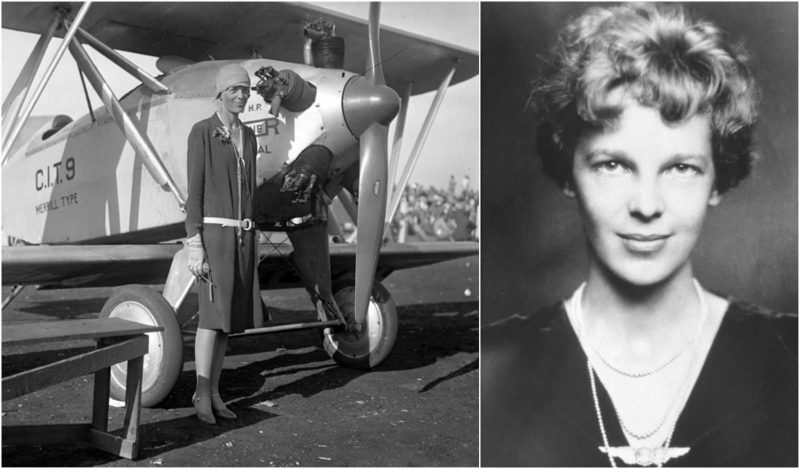On July 2, 1937, Amelia Earhart, the first woman to make a solo flight across the Atlantic Ocean, took off at midnight from Ae Airfield in Papua New Guinea. Her plan was to circumnavigate the globe and land at Howland Island, a 2,556-mile trip. The last confirmed radio transmission came when Earhart and navigator Frederick J. Noonan said they were about 200 miles from Howland. There was no further contact.
On July 5, 1939, she was declared dead in absentia. The most widely held belief is that Earhart’s plane ran out of fuel, crashed, and sank in the Pacific Ocean. Now a photo-driven development has captured the interest of Earhart aficionados.
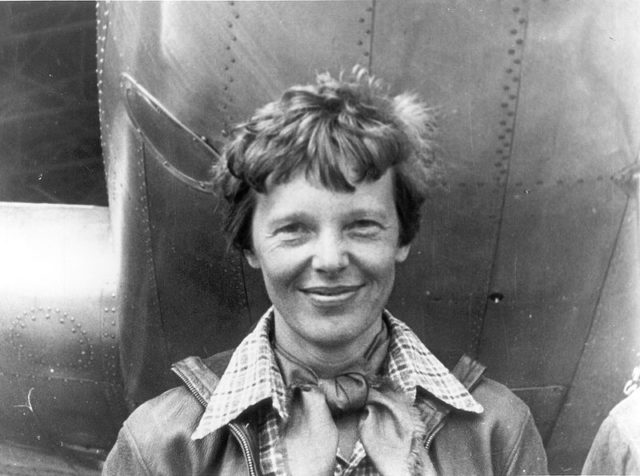
A former Treasury agent said he found a photo in the National Archives in 2012 that was taken sometime before 1943, showing a woman and man resembling Earhart and her navigator, on the Marshall Islands, controlled by the Japanese. Also visible is a ship towing a barge carrying an airplane. Experts who have examined the photo say it has not been doctored.
According to this theory, when Earhart touched down in Japanese territory, she was assumed to be a spy for the U.S., and imprisoned. There are some reports, first circulating in the 1960s, that Earhart was seen in custody on Saipan after Japan and the United States were at war.
The Japanese government has always maintained that they had no involvement with Amelia Earhart.
Another theory on Earhart’s fate has been gaining strength. The International Group for Historic Aircraft Recovery (TIGHAR) has for almost 30 years been trying to prove that a skeleton of a castaway found in 1940 on the island of Nikumaroro (formerly known as Gardner Island) in the central Pacific Ocean may belong to Earhart. According to the group’s executive director, Ric Gillespie: “There is an entire final chapter of Earhart’s life that people don’t know about.”
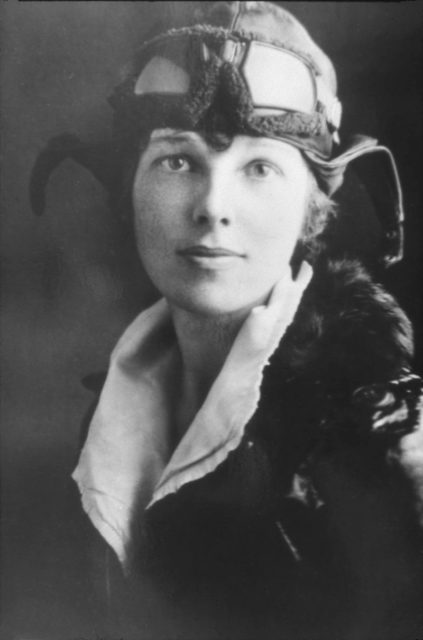
Reportedly, in 1940, Micronesian tribesmen found bones and a woman’s shoe on Gardner Island. They handed them over to the British colonial authorities, who identified the bones as being from a male.
In 1998, the original records, including the measurements from 1930s, were recovered by the TIGHAR team. They were sent to forensic anthropologists who, using modern forensic methods, examined the morphology of the bones and found a consistency with a female of Earhart’s height of five foot eight inches.
A researcher from the University of Tennessee noticed that the skeleton had forearms that were significantly large for a European woman. The scientists analyzed historical photographs, with the help of forensic imaging specialists. It is one of those photos of Earhart, her arms bare and fully visible, that led the specialists to conclude that her forearms were almost identical to the ones of the castaway.
The group believes that Earhart spent days–maybe months–struggling to survive as a castaway after landing a plane nearly empty of fuel.
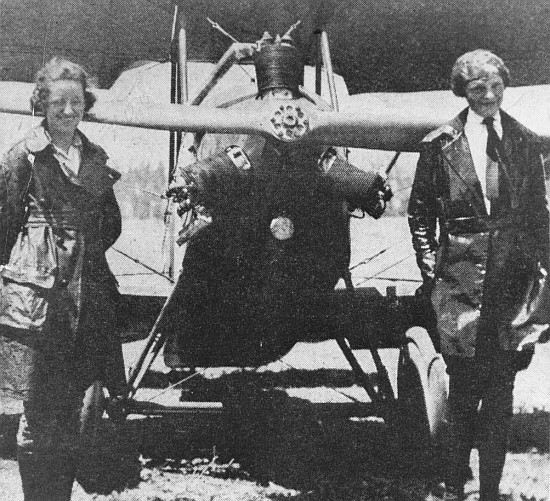
Тhe TIGHAR team claim to have found records indicating that between July 2nd and July 6th, Earhart made more than 100 SOS radio transmissions, which excluded her plane crashing.
The press of that time records assumptions of Earhart being alive. When U.S. Navy search planes were sent one week after the disappearance to fly over the islands from where the distress signals came, there was no sign of the Electra so the hunt shifted to the ocean. It is thought by the TIGHAR team that Earhart was able to land her plane on the reef that lies just off Gardner Island and that by the time the rescue planes were sent out, it had washed into the ocean.
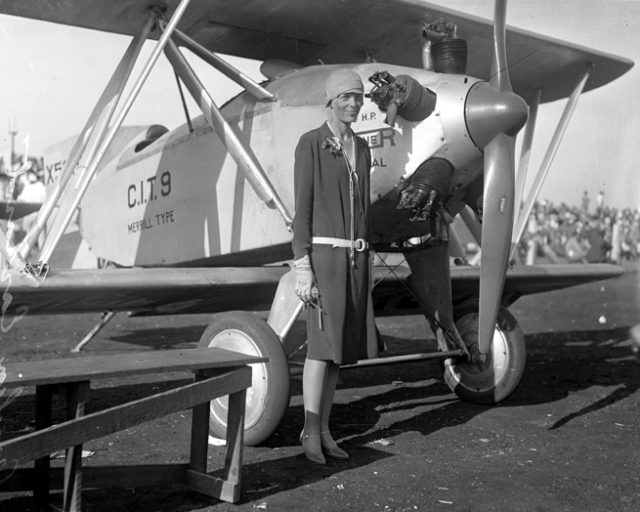
TIGHAR has organized a number of archaeological expeditions to explore the island where the bones were found. Gillespie stated: “We found records of bonfires being lit in the area where the bones were found. Based on the fish bones and bird bones found in the area, Earhart survived weeks, maybe even months, on that island.” Artifacts found include a penknife said to be identical to the one which Earhart carried.
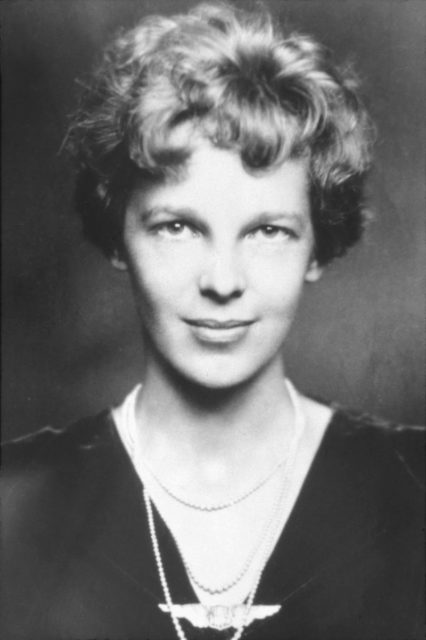
The island doesn’t provide any drinkable water, so it is believed that she gathered water from the plants and from rain. Earhart’s suspected remains are the only ones found in the area, meaning that her navigator, Frederick J. Noonan, probably perished whilst still in the aircraft or in the attempt to make the crossing from the reef to the island. TIGHAR speculates that he was badly injured and Earhart’s first distress calls were an attempt to report his grave condition.
Read another story from us: Hidden Figures: The stories of three extraordinary women from NASA
Earhart lived an extraordinary life. If this report is the one that is true, courageously trying to survive on a deserted island was Amelia Earhart’s final adventure.
